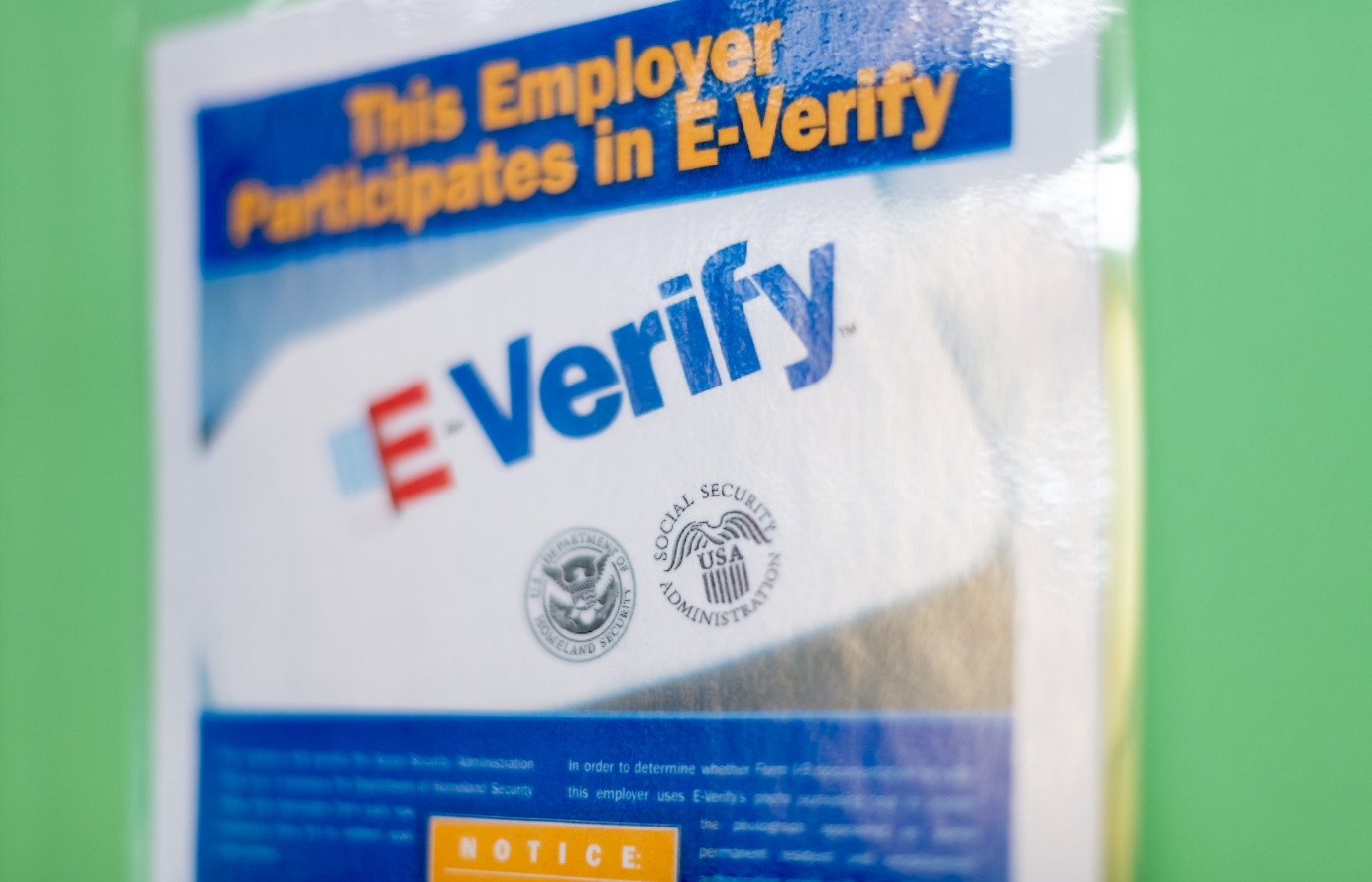One Lesson for General John Kelly to Consider as Head of DHS
 President-elect Donald Trump announced that he will appoint John Kelly, retired Marine Corps general and former commander of United States Southern Command, to lead the Department of Homeland Security (DHS). Kelly has made many statements in support of increasing border security and appears to believe that insecurity caused by illegal behavior south of the border poses an “existential” threat to the United States. So far, I have not found any statements by Kelly that reveal his opinions on legal immigration.
President-elect Donald Trump announced that he will appoint John Kelly, retired Marine Corps general and former commander of United States Southern Command, to lead the Department of Homeland Security (DHS). Kelly has made many statements in support of increasing border security and appears to believe that insecurity caused by illegal behavior south of the border poses an “existential” threat to the United States. So far, I have not found any statements by Kelly that reveal his opinions on legal immigration.
David North wrote a short blog pointing out that Kelly would be the third general in charge of immigration. The others were three-star Army General Joseph May Swing (1954–1962) and retired four-star Marine General Leonard Fielding Chapman Jr. (1973–1977). General Swing was an interesting head of the U.S. Bureau of Immigrant and Naturalization. He oversaw and led a vast increase in border enforcement and a systematic liberalization of work visas in the Bracero Program. The latter was essential to severely curtail illegal immigration in the 1950s.
Commissioner Swing realized that he would have to enlist the cooperation of the employers of unlawful migrant workers if he was to have any hope of shrinking the number of unauthorized workers.[i] Such enlistment required the continued deregulation and expansion of the Bracero Program to provide an alternative, legal source of Mexican workers. If the cost of employing Bracero workers was too high, farmers would just hire unauthorized immigrants as they threatened to do numerous times.[ii] Prior to the expansion and partial deregulation of the Bracero Program in 1951, employers in the Rio Grande Valley referred to the Border Patrol as a “Gestapo outfit” that wrenched their willing unlawful workers away from employment.[iii]
Before launching his enforcement operation, named Operation Wetback, Swing traveled and spoke to numerous audiences and farmers assuring them that their unlawful workers would be replaced with legal workers from Mexico on a Bracero work visa.[iv] In Swing’s words, the purpose of a ten-day trip to visit farmers along the border prior to the launch of Operation Wetback was to tell them: “If there is any employer who cannot get legal labor all he has to do is let either the Department of Labor or Immigration know and we will see that he gets it … I am quite emphatic about this because I know I am going to run into some opposition in Southern Texas.”[v] As a result, the illegal immigrant population cratered and was replaced by a legal workforce.
Swing characterized his success as an “exchange” of illegal workers for legal guest workers.[vi] For example, the 1953 harvest in the Rio Grande Valley only employed 700 legal guest workers while in 1954 the number had grown to 50,326.[vii] At every opportunity, Swing praised farmers and gave them credit for the substitution of illegal workers for legal Bracero workers, saying the “accomplishment of this task would have been impossible without the generous cooperation extended to the effort by ranchers, farmers, and growers.”[viii] Swing didn’t attack employers but instead understood their incentives and worked with them to craft a sustainable solution.
Beginning in 1954, Commissioner Swing also ordered the issuance of I-100 cards to law-abiding Bracero workers who were favored by particular American growers, further simplifying the bureaucratic process for them to re-enter and work in the future.[ix] The INS eventually came to believe that the I-100 cards became an integral part of their efforts to keep unlawful immigration minimal.[x] The INS also made it easy for Braceros to move among farms to work regardless of the original labor contract.[xi] As historian Ernesto Galarza wrote, “[t]he most skeptical of farm employers could see that the private black market was no longer vital, now that a public one could be created at will.”[xii] The Bracero Program made it economically advantageous for American employers of unlawful immigrants to cooperate with the Border Patrol and INS to ensure that their workforces were legal.
We don’t know how John Kelly will attempt to tackle the issue of illegal immigration besides support for more border security. If he wants to be known as the man foremost responsible for ending illegal immigration in modern America, he should take a lesson from the first General to head immigration: Liberalizing migration and working with the labor market, not against it, is essential to ending the flow of illegal immigration.
[i] Kitty Calavita, Inside the State: The Bracero Program, Immigration, and the INS, Quid Pro Books, New Orleans, Louisiana, 2010, p. 57.
[ii] Ibid, p. 90.
[iii] Ibid, p. 37.
[iv] Ibid, p. 57.
[v] Ibid.
[vi] Ibid, p. 59.
[vii] Ibid.
[viii] Ibid, p. 63.
[ix] Ibid, pp. 94–95, 104–105.
[x] Ibid, p. 104.
[xi] Ibid, p. 107.
[xii] Ernesto Galarza, Merchants of Labor: The Mexican Bracero Story, McNally and Loftin Publishers, Charlotte, North Carolina, 1964, p. 69.








